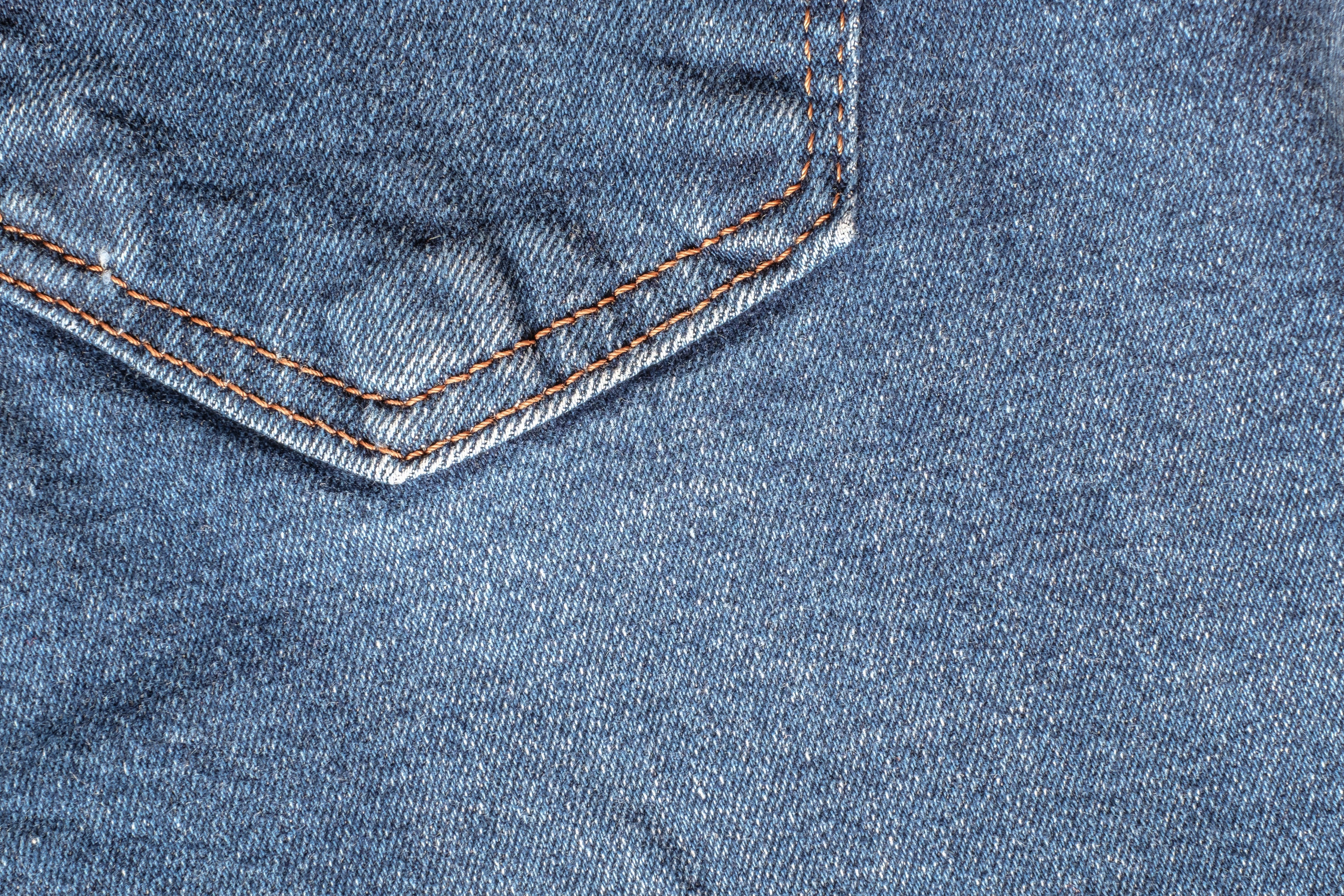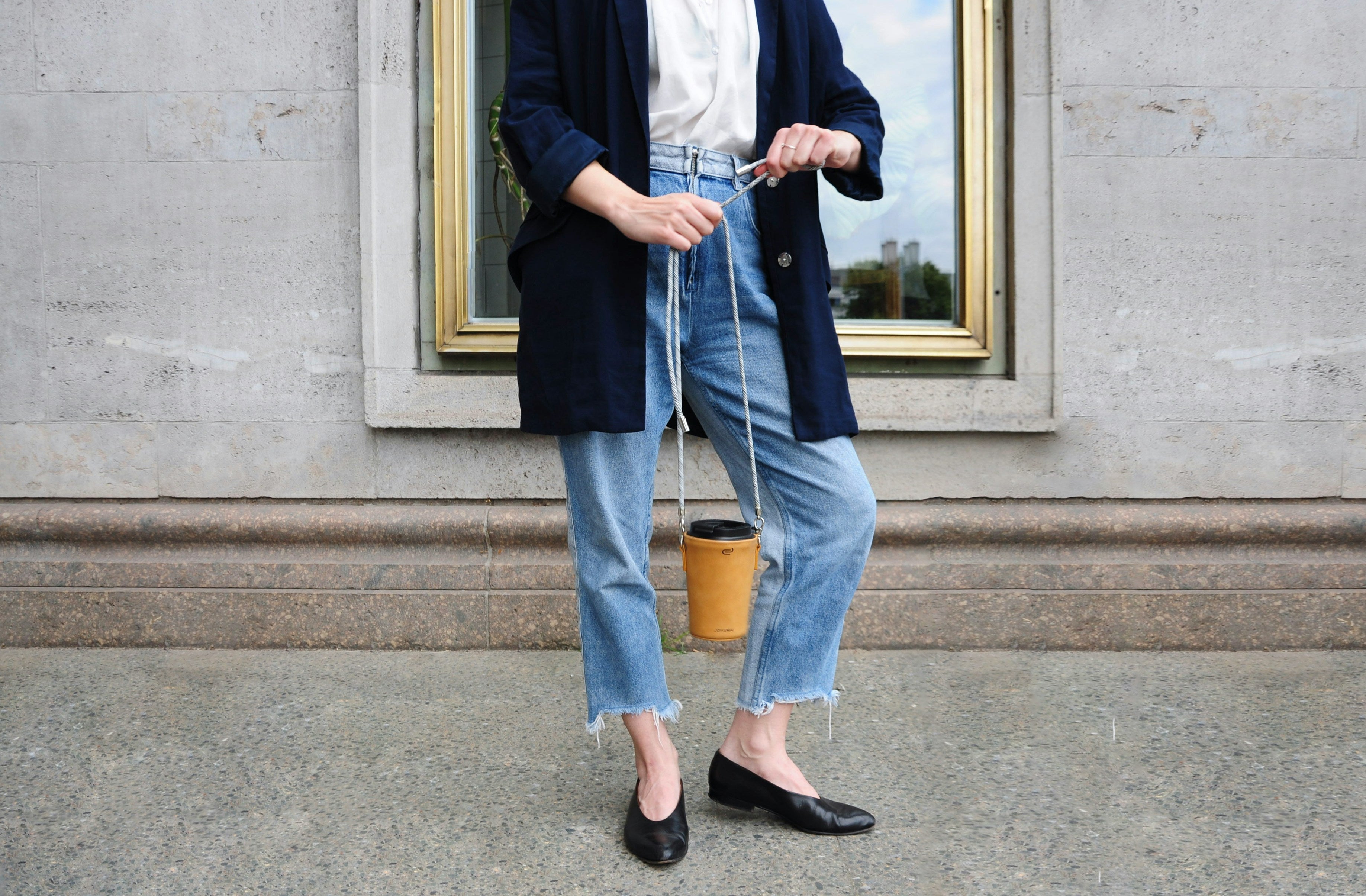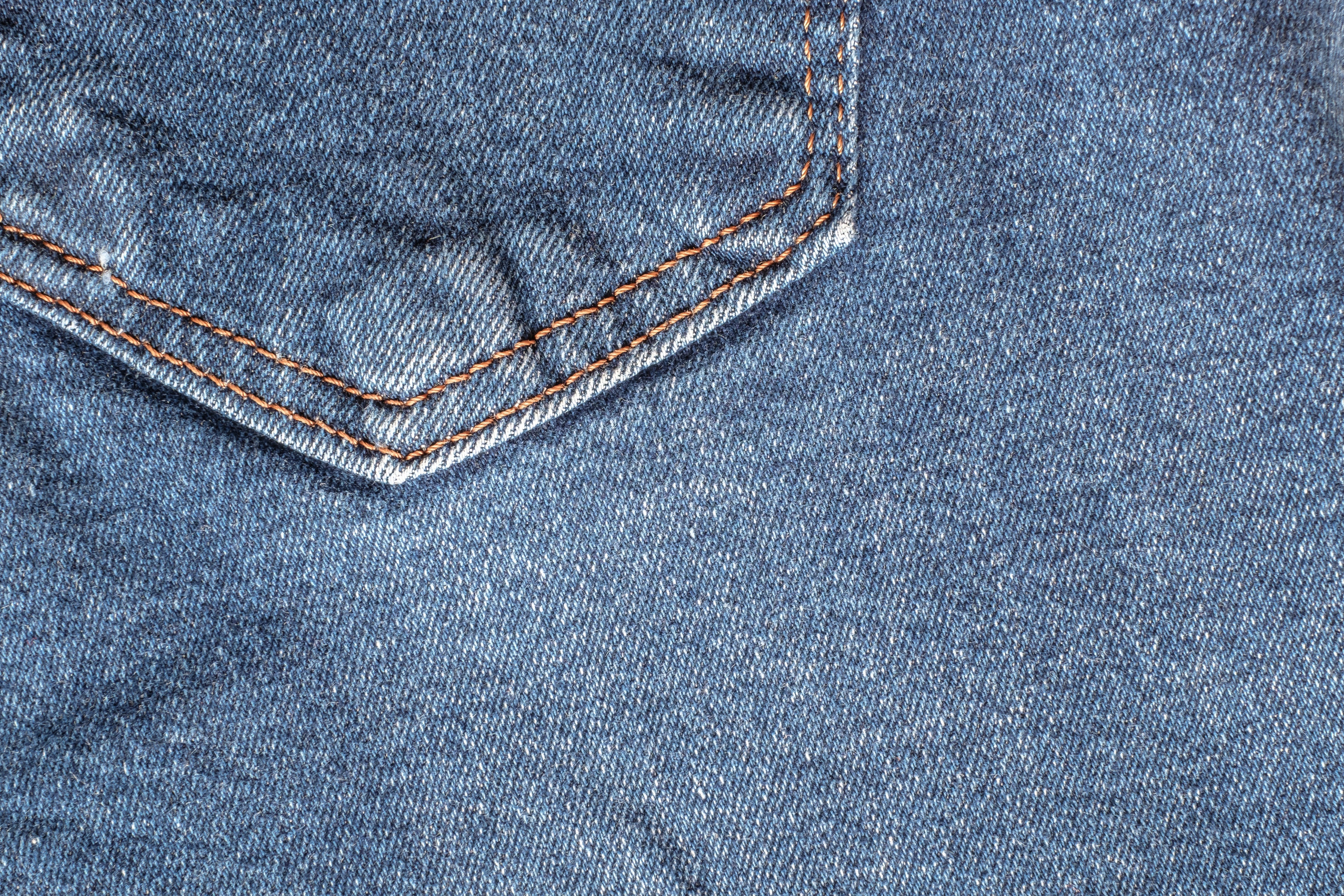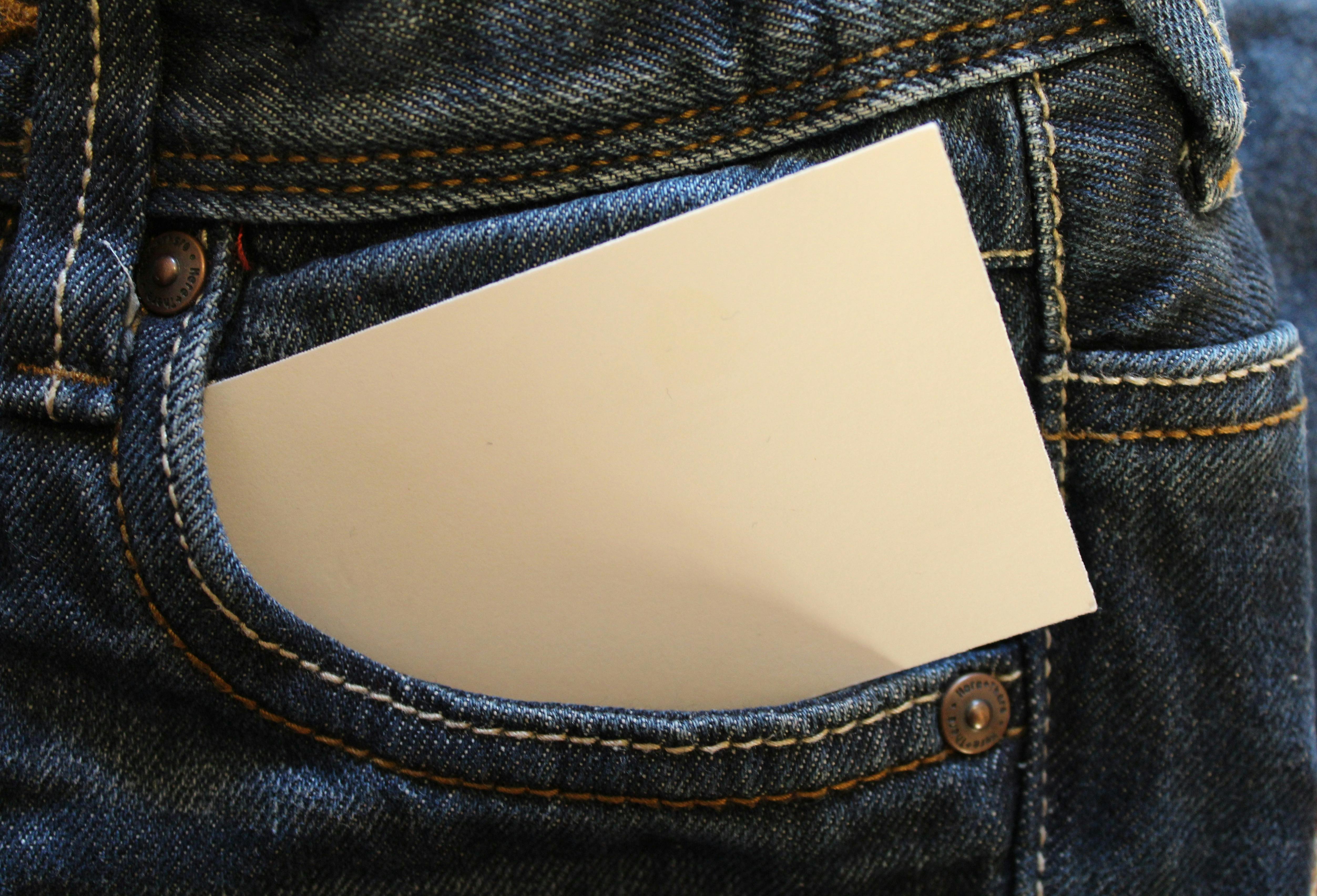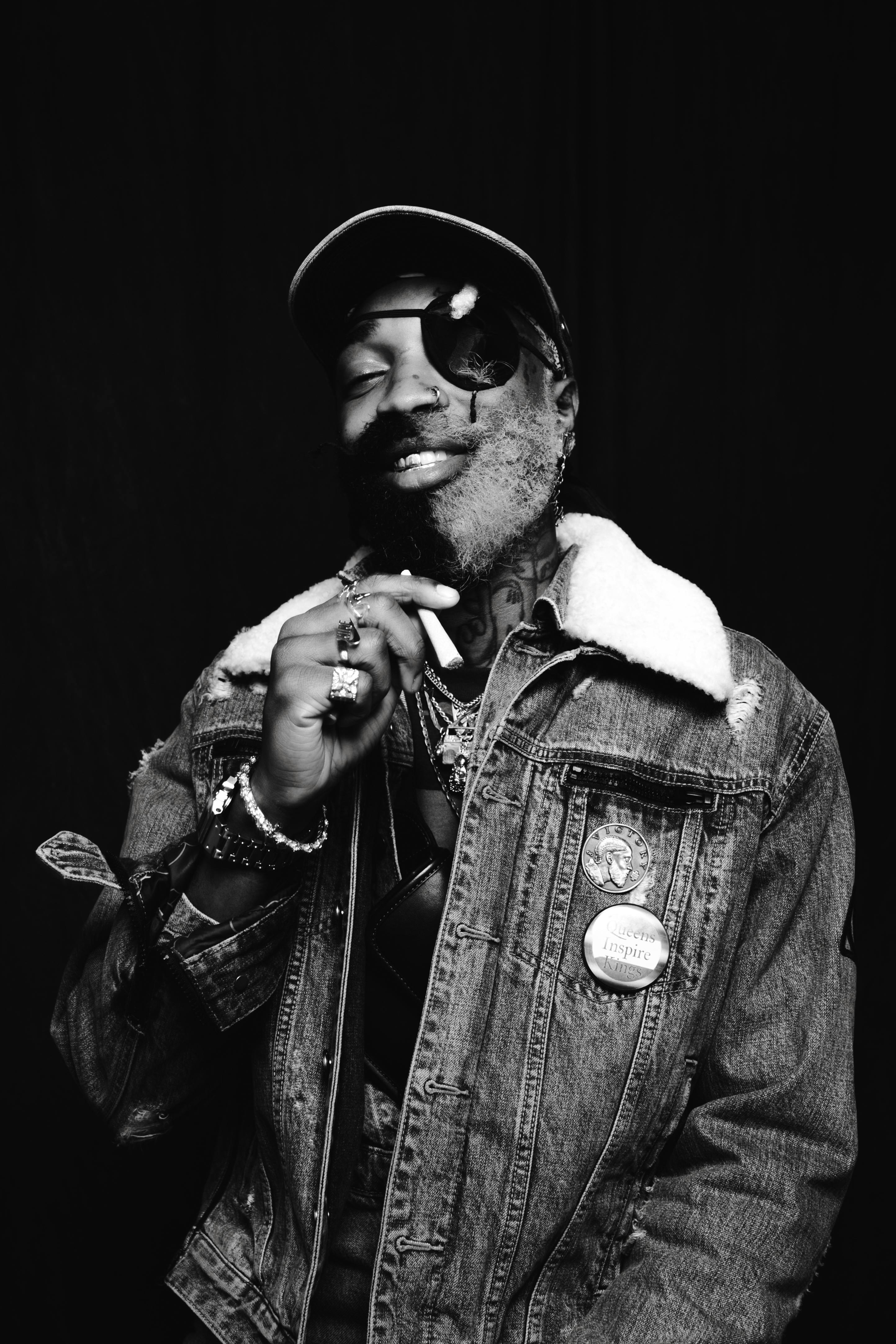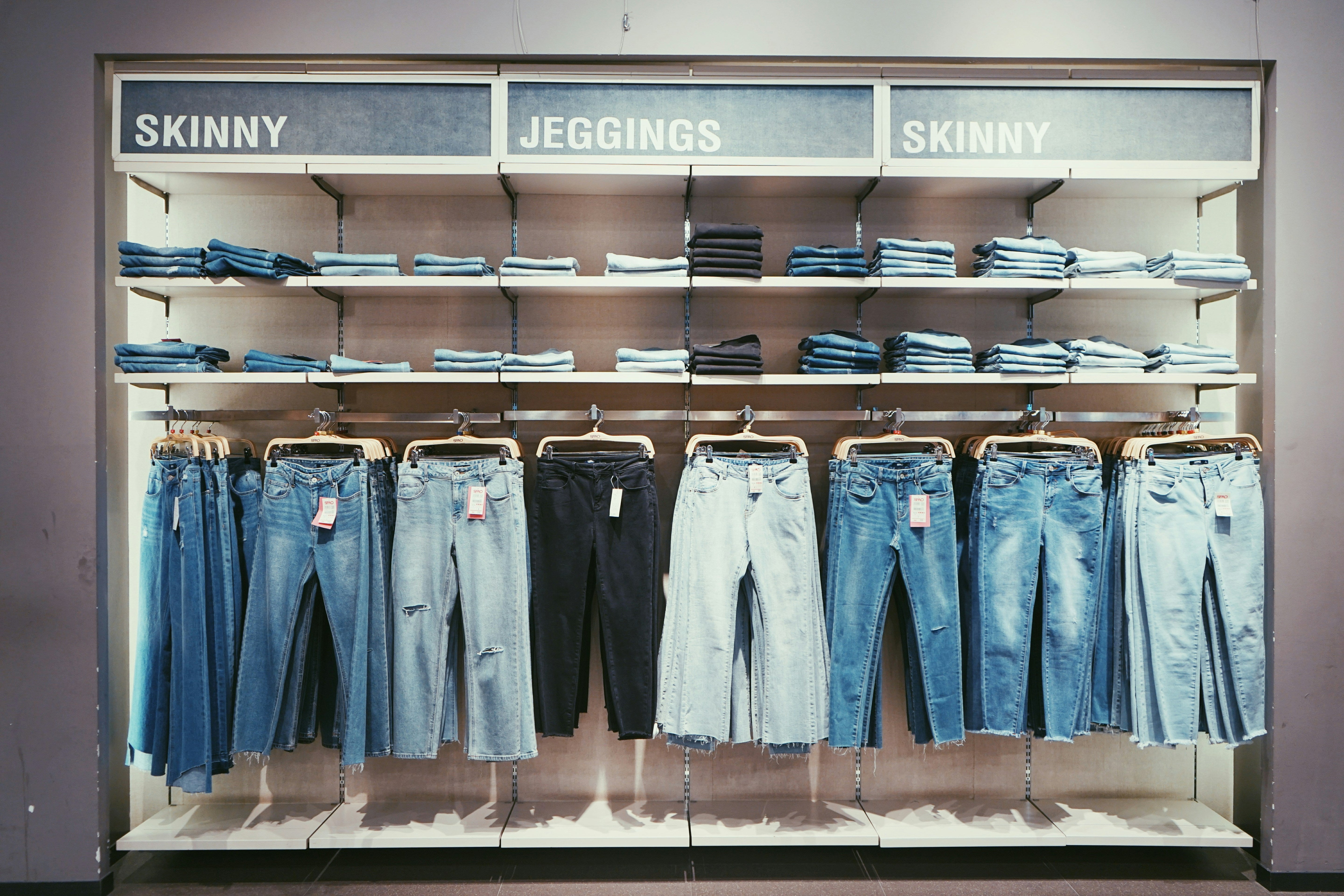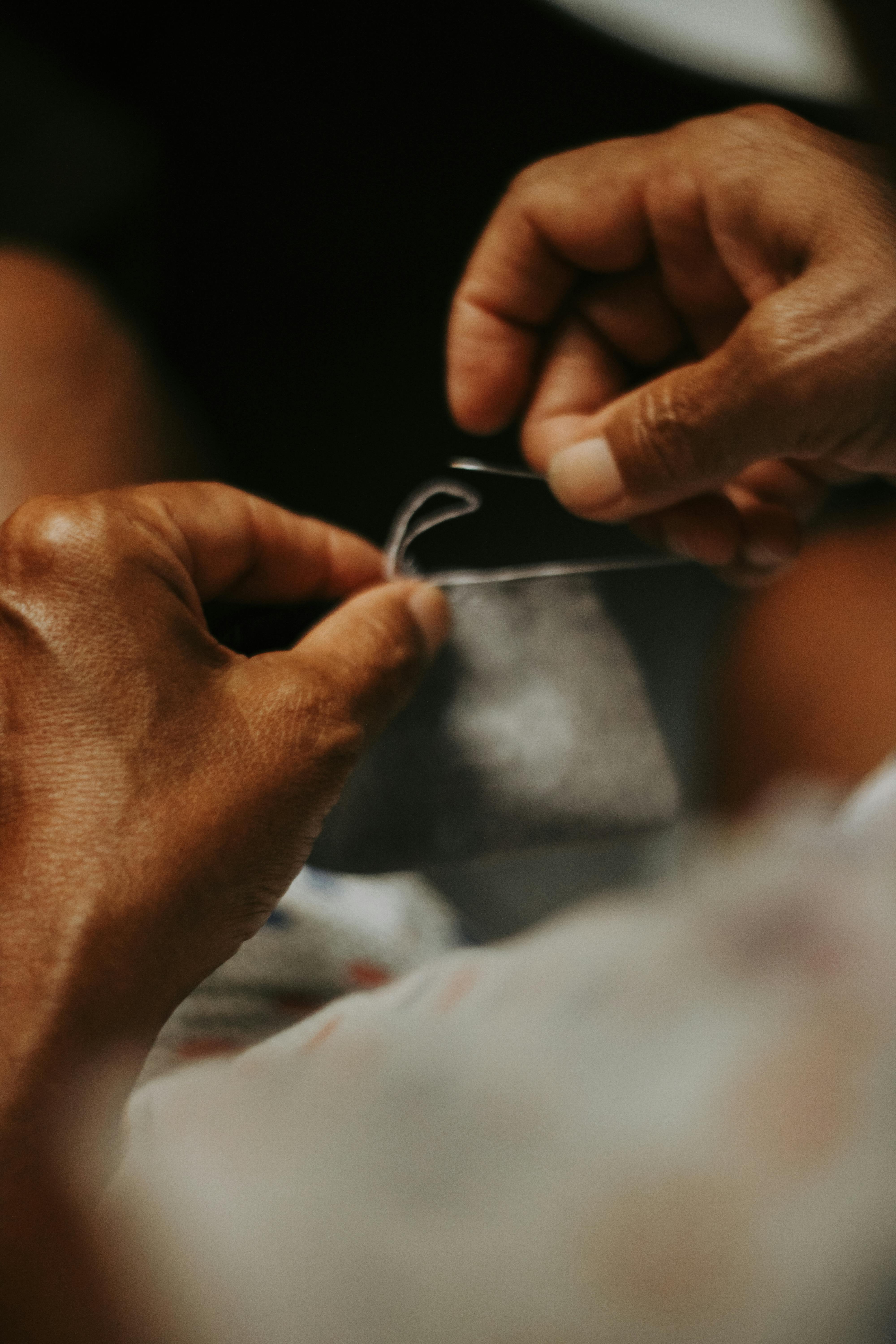
Denim History & Heritage
Denim jeans have become an essential part of everyday life, yet we rarely stop to consider their origins, craftsmanship, or enduring legacy.
At BeJeans, we believe denim is more than just fabric—it’s a story of individuality, durability, and evolution. Despite ever-changing trends, jeans remain timeless, versatile, and universally loved.
As awareness grows, so does the demand for sustainable, ethically made denim. The industry is embracing eco-conscious innovations, ensuring denim’s future is as responsible as it is stylish.
But before we look ahead, let’s uncover denim’s rich history and its journey from workwear to a global fashion icon.
The Origins of Denim
Denim’s European Beginnings
Denim’s journey began in 17th-century France, where weavers in Nîmes created a durable twill fabric known as "Serge de Nîmes", which was later shortened to "denim."
Meanwhile, in Genoa, Italy, sailors wore sturdy cotton fabric for workwear, which was dyed deep blue using natural indigo. These early versions of denim were prized for their strength and practicality, traits that still define premium denim today.
Denim Arrives in America
Denim crossed the Atlantic in the early 1800s, but it was during the California Gold Rush (1848-1855) that it became a necessity for hardworking miners and ranchers. They needed clothing that was durable, comfortable, and long-lasting, and denim proved to be the perfect fit.
The demand for stronger workwear set the stage for one of the most significant innovations in denim history.
The Birth of Blue Jeans
How Riveted Jeans Were Born (1873)
In 1871, a Nevada tailor named Jacob Davis had a revolutionary idea: to reinforce denim pants with copper rivets at stress points (pockets, seams). This simple yet effective upgrade made jeans virtually indestructible.
Davis lacked the funds to patent his idea, so he teamed up with Levi Strauss, a German businessman supplying fabric to miners. Together, they patented the first riveted denim jeans in 1873 and the world’s first blue jeans were born.
Originally called “waist overalls,” these rugged work pants became essential for laborers, railroad workers, and cowboys, laying the foundation for modern denim fashion.
Why Are Jeans Dyed Blue?
The classic deep blue shade of denim comes from indigo dye, which was not only affordable but also great for hiding dirt. Unlike other dyes that penetrate fabric fibers, indigo coats only the outer threads, creating the beautiful fade patterns that make every pair of jeans unique.
At BeJeans, we embrace this tradition of authentic fading and personal wear patterns, ensuring that each pair of jeans tells a story over time.
Denim’s Rise in Pop Culture: From Rebels to Runways
1950s: The Rebel Movement
Denim made its way from workwear to pop culture in the 1950s, thanks to Hollywood icons like James Dean and Marlon Brando, who wore jeans in films like Rebel Without a Cause.
Jeans became a symbol of defiance, youth rebellion, and freedom so much so that many schools banned students from wearing denim. Naturally, this only made jeans more popular.
1960s-1970s: The Counterculture & Music Influence
Denim became a canvas for self-expression during the 60s and 70s:
- Hippies rocked flared jeans with patches and embroidery.
- Rockstars like Mick Jagger and Jimi Hendrix turned denim jackets into style statements.
- Activists and workers wore denim to show solidarity with the working class.
1980s-1990s: Designer Denim & Streetwear
The 1980s introduced designer denim, with brands like Calvin Klein, Guess, and Wrangler making jeans a fashion status symbol.
The 90s saw denim take on diverse styles, from grunge-inspired ripped jeans (Nirvana, Kurt Cobain) to baggy, oversized jeans popularized by hip-hop culture.
At BeJeans, we draw inspiration from these decades of denim culture, curating styles that blend heritage craftsmanship with modern self-expression.
The Future of Denim: Sustainability & Artistry
How Denim is Evolving Today
Denim continues to reinvent itself with modern styles:
- Skinny jeans (2000s-present) – A defining trend of the millennial era.
- Mom jeans & high-waisted fits (2010s-present) – Bringing back vintage, relaxed aesthetics.
- Baggy jeans & oversized fits (2020s-present) – A return to 90s nostalgia and streetwear fashion.
Sustainable Denim: The Next Revolution
At BeJeans, we believe denim’s future lies in sustainability and responsible craftsmanship. With fast fashion concerns, more brands are embracing:
- Water-saving dyeing techniques
- Organic and recycled cotton
- Chemical-free indigo dyes
- Slow fashion and timeless quality over disposable trends
This eco-conscious shift ensures that denim remains fashionable, ethical, and long-lasting for generations to come.
The Global Influence of Denim
Japanese Selvedge Denim: The Pinnacle of Craftsmanship
Japan is a leader in high-quality, handcrafted denim. The Kojima district in Okayama is known for selvedge denim, made using traditional shuttle looms and natural indigo dyeing techniques.
At BeJeans, we appreciate the artistry of Japanese denim craftsmanship, incorporating slow-woven techniques and premium detailing in our collections.
The American Denim Legacy
Despite globalization, American denim brands like Levi’s, Wrangler, and Lee remain icons of rugged authenticity. These brands have influenced everything from Western workwear to high-end street fashion.
Denim’s Legacy Lives On with BeJeans
Denim has evolved from workwear to fashion, from rebellion to sustainability. Its history, craftsmanship, and cultural impact make it a timeless essential.
At BeJeans, we celebrate denim’s legacy by crafting jeans that honor the past while embracing the future. Whether you're drawn to vintage inspired selvedge, eco-conscious denim, or modern fits, our jeans are designed for self-expression, individuality, and enduring style.
Explore the BeJeans collection and find your perfect pair today.

